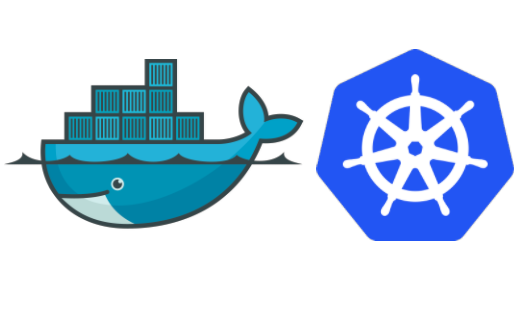Making minimal graphical operating system

Back in my first days of Linux I had a bootable floppy disk with fully functional Linux distro (a kernel, a shell and busybox tools and lua scripting). Maybe that was not much, but it was less than 2MB and would work on an old 386 PC with 4MB of RAM. But shell is boring, graphical minimal Linux distros was several hundreds of mega bytes and need hundreds of MB of RAM. Embedded devices typically have a minimal Linux with busybox or alike running with no graphical interface but instead they have some sort of web interface exposed to some port. If you tried to run a minimal graphical Linux distro let's say XFCE on an embedded device (let's say a raspberry pi) you would notice that most of its limited resources are taken by Xorg the legacy graphical server. Introducing Wayland Wayland is a new different approach to graphical interface, instead of sending drawing instruction over a legacy protocol (with so many extensions) to a legacy daemon (with so many extensions) that
